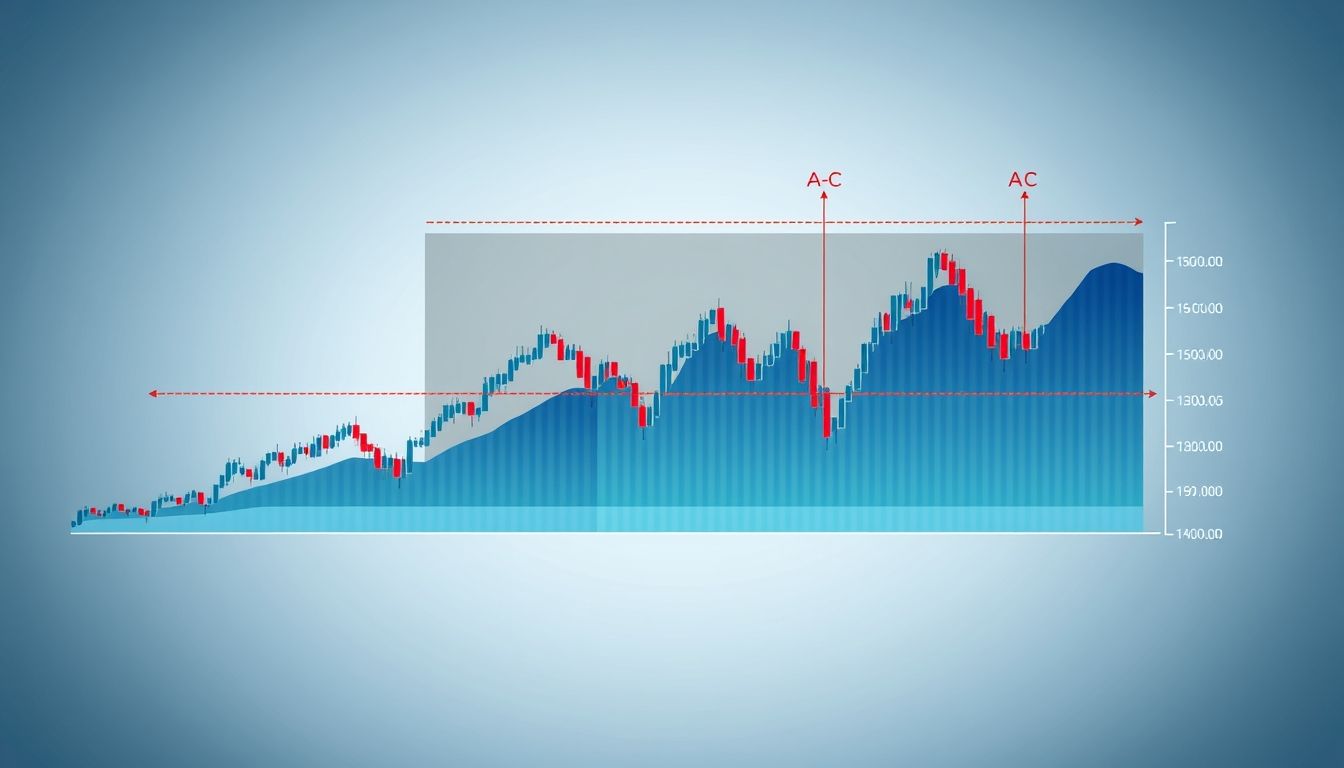Introduction to Buy and Sell Orders
In the world of trading and investing, buy and sell orders are the fundamental tools investors use to achieve their financial goals. Whether you are a novice trader or an experienced expert, understanding the different types of orders and how to use them effectively can have a significant impact on your results. This article provides you with a comprehensive guide to buy and sell orders, from the basics to advanced strategies.
Chapter 1: What are Buy and Sell Orders?
Buy and sell orders are instructions you give to your broker (such as an online brokerage firm) to execute a specific transaction in the stock market. Simply put, an order is a request to buy or sell a specific financial asset, such as stocks, bonds, or foreign currencies, at a specific price or within a certain price range.
Importance of Buy and Sell Orders:
- Control over Execution: Allows you to specify the price at which you want to buy or sell.
- Risk Management: Helps you set limits on potential losses.
- Capitalizing on Opportunities: Enables you to take advantage of expected price movements.
Chapter 2: Types of Buy Orders
There are several types of buy orders, each with its own characteristics and uses. Here are some of the most common types:
1. Market Order
A market order is the simplest type of order, directing the broker to buy the financial asset at the best available price in the market at the moment. This type of order is considered guaranteed to be executed, but you may not get the price you expected, especially in volatile markets.
When to Use a Market Order?
- When the priority is the immediate execution of the transaction, regardless of the price.
- In liquid markets where the spread between the bid and ask price is minimal.
2. Limit Order
A limit order directs the broker to buy the financial asset at a specific price or lower. In other words, the order will only be executed if the price of the asset reaches the specified price or falls below it. This type of order provides greater control over the price, but it is not guaranteed to be executed.
When to Use a Limit Order?
- When you have a specific price at which you want to buy.
- When you expect the price of the asset to fall before it rises.
3. Stop Order
A stop order directs the broker to buy the financial asset if its price reaches or exceeds a specified price. This type of order is usually used to protect profits or limit losses. Once the price reaches the stop price, the order becomes a market order and is executed at the best available price.
When to Use a Stop Order?
- To protect profits in a winning trade.
- To limit losses in a losing trade.
4. Stop-Limit Order
A stop-limit order is a combination of a stop order and a limit order. It directs the broker to buy the financial asset if its price reaches the stop price, but the order is only executed at a specific price or better. This type of order provides more control over the price than a simple stop order, but it is less likely to be executed.
When to Use a Stop-Limit Order?
- When you want to protect profits or limit losses, but you also want to control the price at which the order is executed.
Chapter 3: Types of Sell Orders
The types of sell orders are very similar to the types of buy orders, but they are used to sell financial assets instead of buying them.
1. Market Order
A market order to sell the financial asset at the best available price in the market at the moment. This type of order is considered guaranteed to be executed, but you may not get the price you expected.
2. Limit Order
A limit order to sell the financial asset at a specific price or higher. The order will only be executed if the price of the asset reaches the specified price or rises above it.
3. Stop Order
A stop order to sell the financial asset if its price reaches or falls below a specified price. This type of order is usually used to protect profits or limit losses.
4. Stop-Limit Order
A stop-limit order to sell the financial asset if its price reaches the stop price, but it is only executed at a specific price or better.
Chapter 4: Conditional Buy and Sell Orders
In addition to the basic types of orders, there are also conditional orders that allow you to specify additional conditions for executing the transaction.
1. One-Cancels-the-Other (OCO) Order
An OCO order is a combination of two orders: a limit order and a stop order. If one of the orders is executed, the other order is automatically canceled. This type of order is usually used to enter a trade based on the direction of the market.
Example: You have a stock that you expect to rise if it exceeds a certain price or fall if it falls to another price. You can place an OCO order that includes a buy limit order above the expected price and a sell stop order below the expected price.
2. If-Then Order
An "If-Then" order links two orders: the second order is only executed if the first order is executed. This type of order is usually used to manage risk in complex trades.
Example: You buy a stock and place a stop order to protect profits. You can place an "If-Then" order that links the buy order and the stop order, so that the stop order is only activated if the buy order is executed.
Chapter 5: Strategies for Using Buy and Sell Orders
Now that you know the different types of orders, you can start developing strategies to use them effectively.
1. "Buy on the Dip" Strategy
This strategy involves using limit orders to buy financial assets when their price falls to a certain level. This strategy is suitable for investors who believe that the asset's price will rebound in the future.
2. "Sell on the Rise" Strategy
This strategy involves using limit orders to sell financial assets when their price rises to a certain level. This strategy is suitable for investors who want to make quick profits.
3. "Trailing Stop Loss" Strategy
This strategy involves using trailing stop orders to protect profits in a winning trade. The stop price is continuously adjusted as the asset's price rises, ensuring a certain profit even if the trend reverses.
Chapter 6: Risk Management Using Buy and Sell Orders
Risk management is an essential part of any trading or investment strategy. Buy and sell orders can be used to limit potential losses and protect capital.
1. Determine the Trade Size
Before entering any trade, you should determine the appropriate trade size based on your risk tolerance and available capital.
2. Place Stop Orders
You should always place stop orders to protect capital in case the market reverses against you.
3. Diversify the Portfolio
You should diversify your investment portfolio to spread risk and reduce the impact of any potential losses.
Chapter 7: Practical Examples from the Arab Market
Let's take an example from the Saudi market: Saudi Aramco (2222) stock. If you believe that the stock price will rise after its recent decline, you can place a buy limit order at a price lower than the current price. And if you already own the stock and want to protect your profits, you can place a trailing stop order to secure part of the realized profits.
Chapter 8: Practical Examples from the Global Market
Let's take an example from the US market: Apple (AAPL) stock. If you expect the stock price to rise after the company announces a new product, you can place a buy limit order at a price lower than the current price. And if you already own the stock and want to limit potential losses, you can place a stop order below an important technical support level.
Chapter 9: Practical Tips for Traders and Investors
- Learn the Basics of Technical and Fundamental Analysis: Helps you make informed trading and investment decisions.
- Use a Demo Account: Before trading with real money, practice using different types of orders in a demo account.
- Be Patient and Disciplined: Don't rush into making decisions and follow your strategic plan.
- Review Your Performance Regularly: Evaluate the results of your trades and learn from your mistakes.
Chapter 10: Conclusion
Understanding buy and sell orders and their different uses is key to success in the world of trading and investing. By mastering the different types of orders and developing effective strategies, you can manage risk, maximize profits, and achieve your financial goals.
Disclaimer: This article is for educational and informational purposes only and does not constitute investment advice. You should consult with a qualified financial advisor before making any investment decisions.



